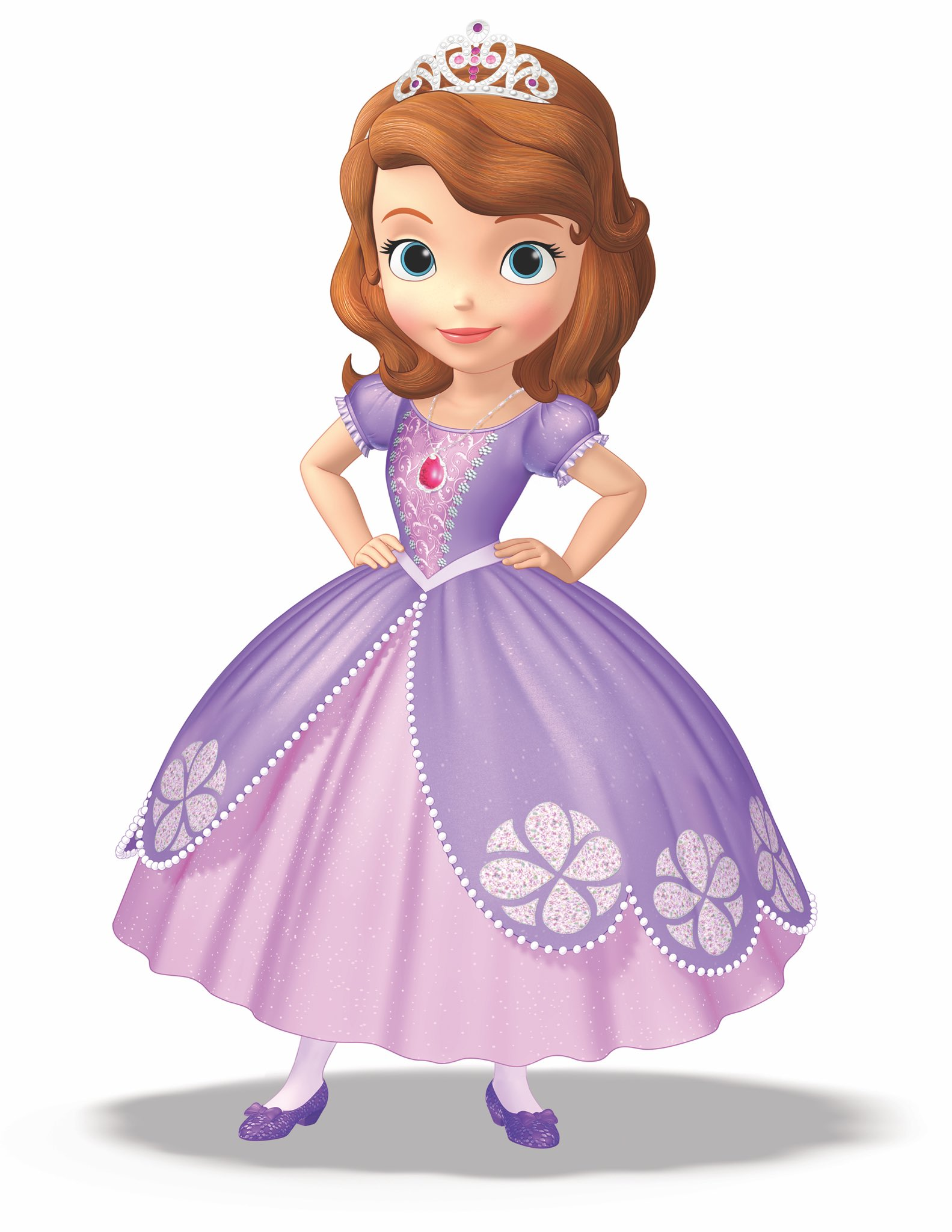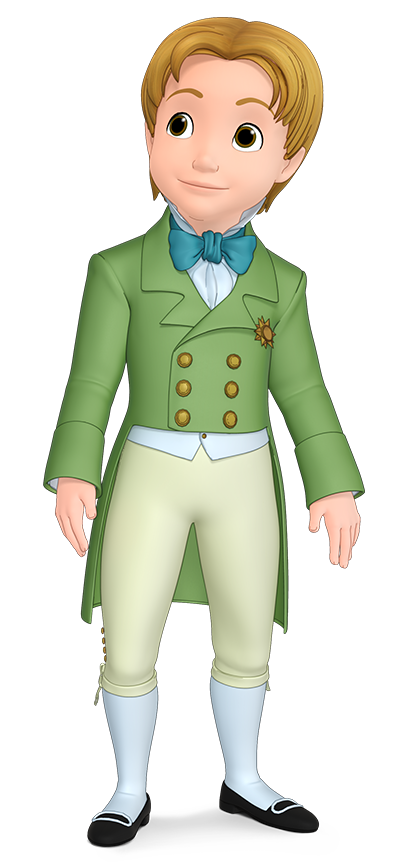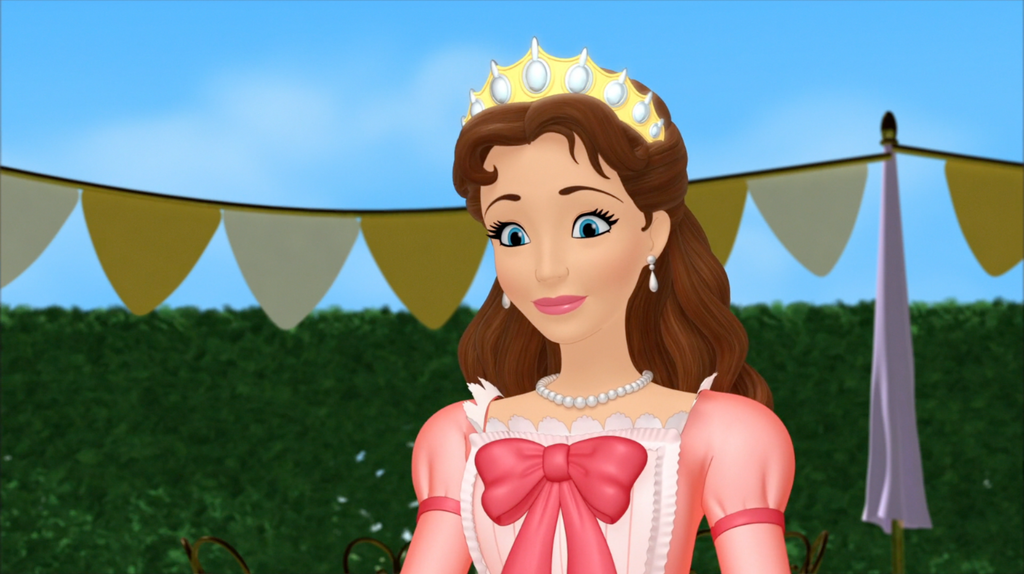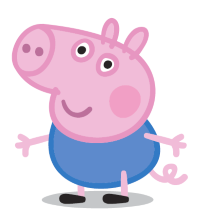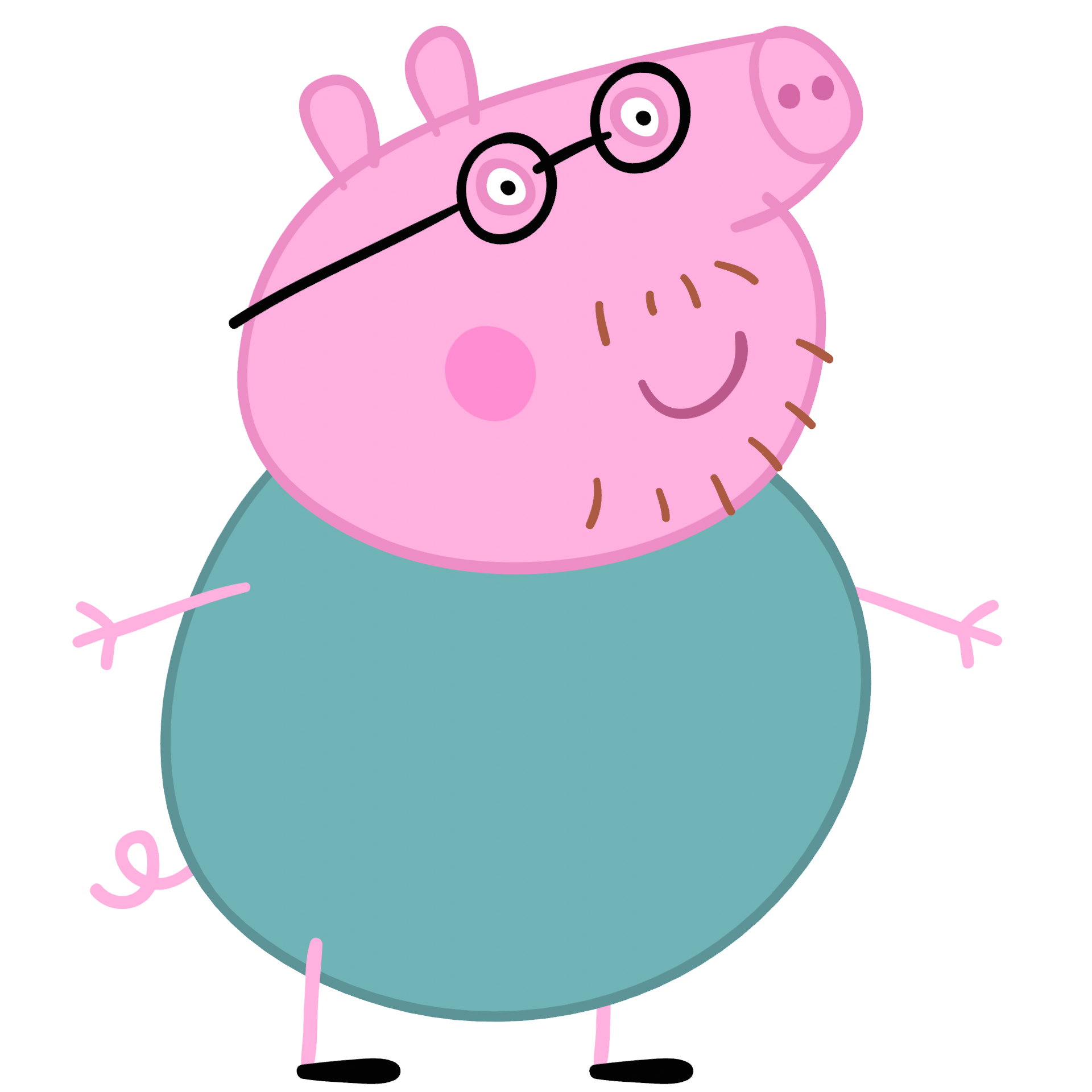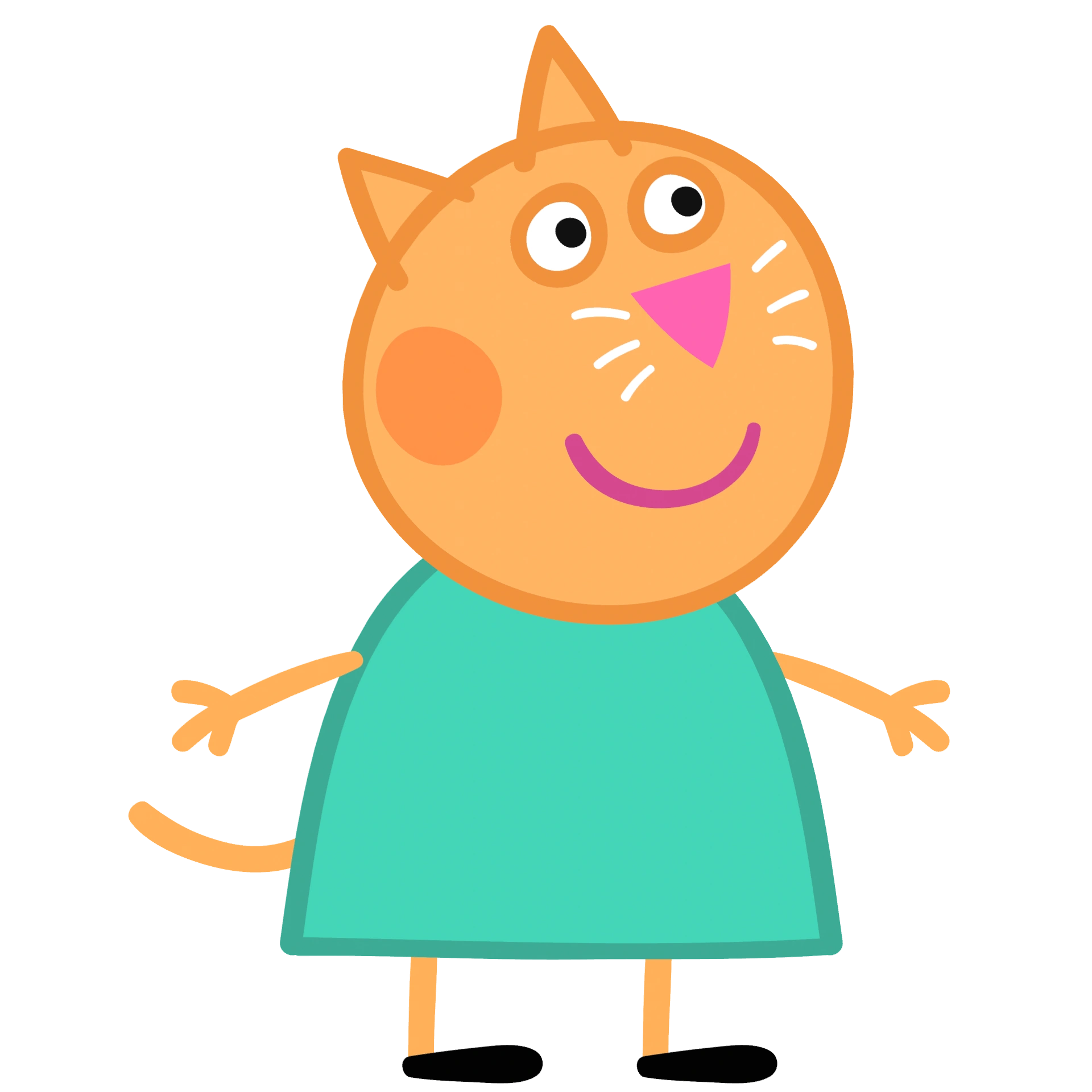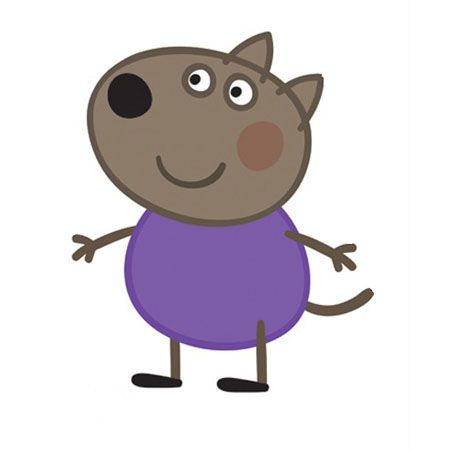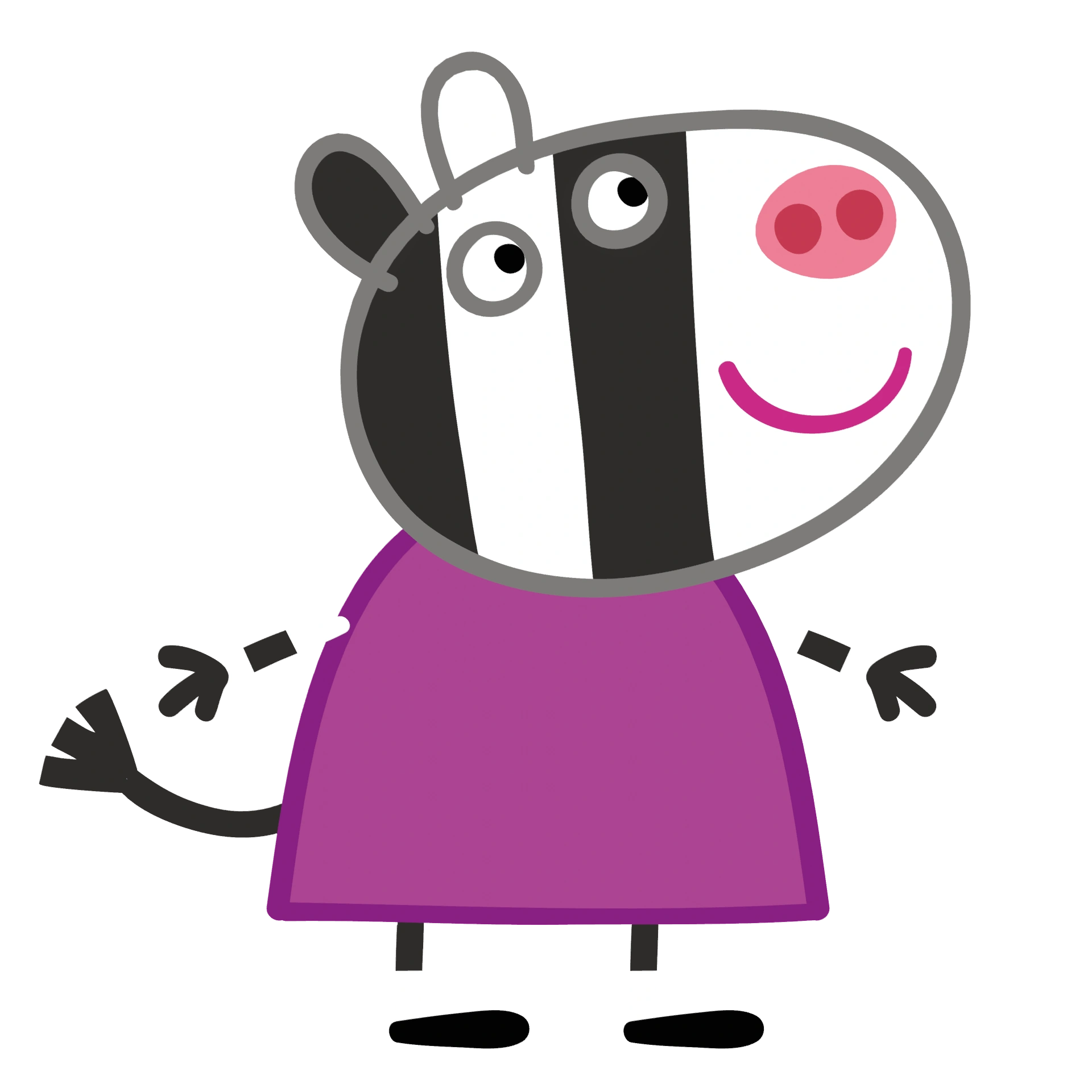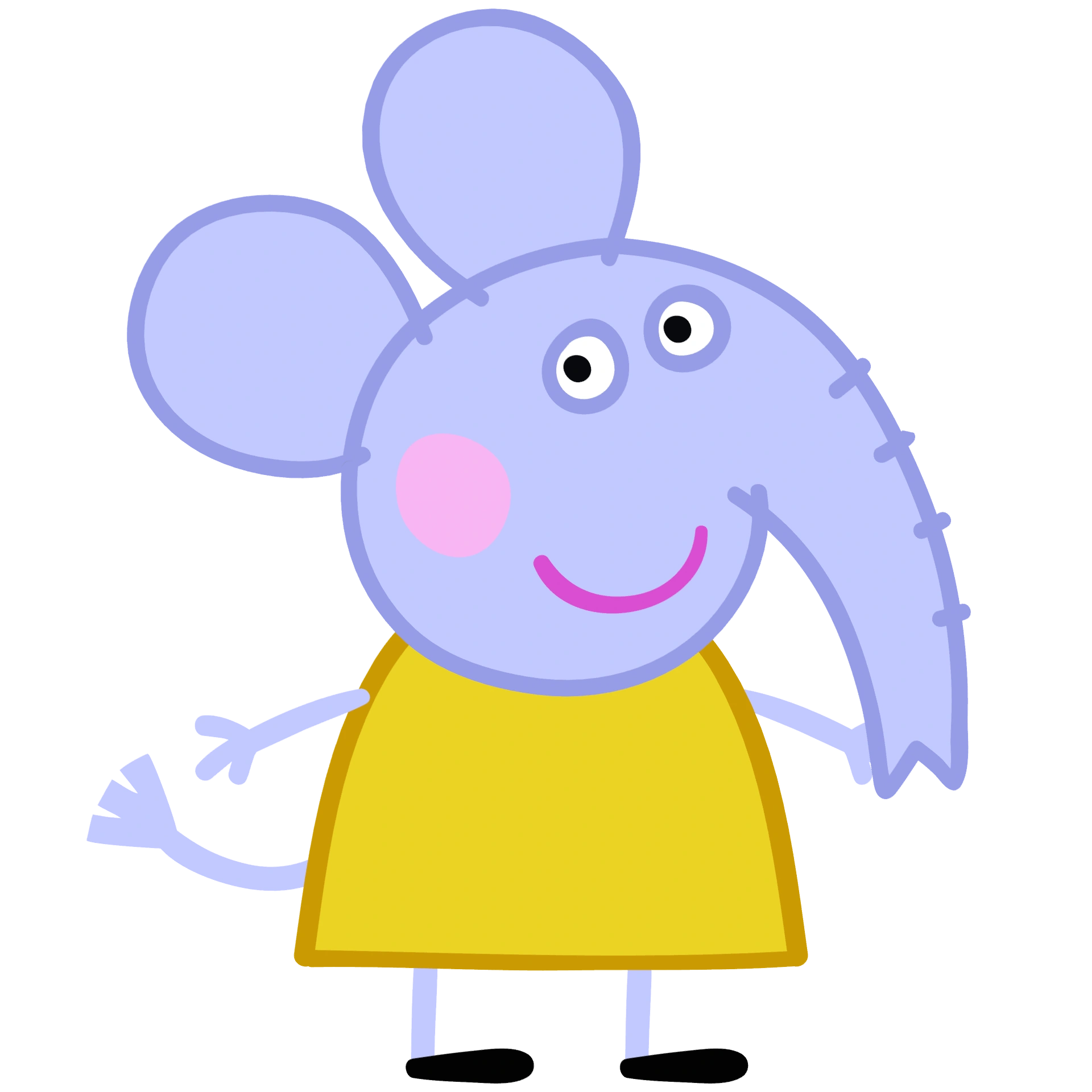Over Christmas Break this winter, I finally got my level one certification as a ski instructor. I’ve been teaching 3-6 year olds how to ski for the past 6 years, but never wanted to take the test. Well at the beginning of this year, I traveled to New Hampshire to take the test and I am so glad that I did.
Let me backtrack for a moment and explain what PSIA means and what the exam looks like. PSIA stands for Professional Ski Instructors of America. They are a nationwide organization that certifies snow-sports instructors. The exam consists of one day of training, an on hill skiing skill test, a teaching demonstration and then a paper exam that covers basic knowledge of ski instructing and an understanding of the mountain. The whole process takes two days and in the end you receive a certificate and your PSIA pin. If you work at a ski resort, you know exactly how cool it is to have a PSIA pin!

So why did I wait so long to take the test? I had a couple reasons for not taking the test. I have been teaching skiing since I was 16. As a high school student, teaching skiing was a job that combined my two loves (working with children and skiing). I wasn’t consumed with planning out my future and I was only in high school, it didn’t even cross my mind to take a national certification exam. Once I got into college, I was only home for a couple weeks over Christmas time so teaching at the mountain was a temporary job. My mountain offers PSIA exams, but not during Christmas time. So there also was a lack of convenience that stood in my way.
Why now? Why did I decide to finally take the test? The easy answer is that my supervisor encouraged me to. If I want to move up as an instructor at my mountain, I need my level one certification. There is also a pay increase, so that was obviously a motivating factor. But the real reason is that I am older. I know what I want to do and I want to take advantage of every opportunity to improve myself and be better prepared for the career ahead of me.
The level one training was idea sharing (meeting the other instructors and hearing how they teach the same skill to their student in different ways gave me new ideas to try when I returned to my home mountain), it was educational (the trainers had all taught skiing for a long time, so they were an abundance of knowledge about teaching different kinds of students and different ways to teach the same thing based on the student) and it was self-affirming. I like to teach skiing and I think that I’m not too bad at working with the 3-6 year olds. I was really encouraging to share my ideas with others and hear that they loved how I taught that skill or the way I phrased that direction for my students.

How does this relate to Child Life? Teaching skiing has given me a lot of experience working with children. Our lesson program is set up so we have the children for the whole day. Not only do I teach skiing, I also feed the kids, calm their fears and gradually accustom them to the discomfort of ski boots and the new sport of sliding down the hill on two sticks. With each lesson, I start by talking to the kids about the ski boots. We play games that they know (duck duck goose, red light green light, etc) in unfamiliar boots and unfamiliar terrain (the snow). Then we learn about the ski and start with just one ski. Once they are comfortable with that, we add the second ski and start going down the bunny slope. In the hospital, child life prep is that gradual familiarization between the patient and the medical equipment they will encounter. Instead of the nurse entering the room and suddenly jabbing an IV into the child’s arm, the Child Life Specialist explains to the child that an IV is a little straw that gives medicine to your body and the child plays with the IV before one is inserted into their arm. Sometimes they even place an IV on a doll before the nurse comes in to place one on the child. The IV is now something that they are familiar with and hopefully more comfortable around. That’s the goal of starting the kids with boot games and one ski, so they will be familiar with skiing before they have two skis strapped to their feet.
Child Life is all about meeting the child where they are at and guiding them through something unfamiliar. Teaching skiing requires the instructor to assess the child and develop a lesson plan based on their experience with the goal of teaching them something new, something unfamiliar.
